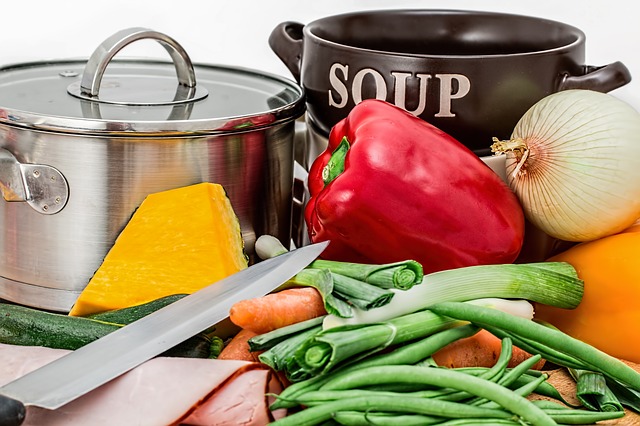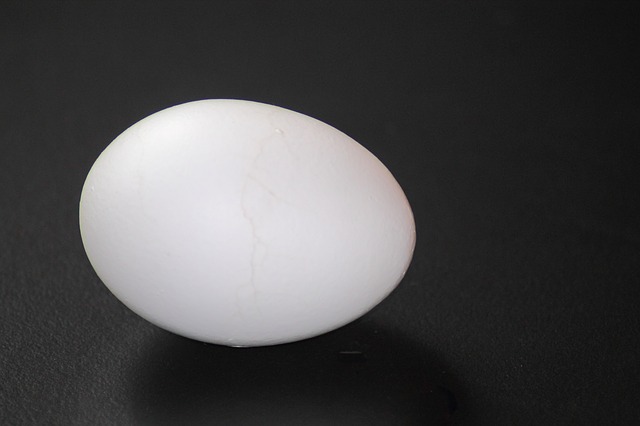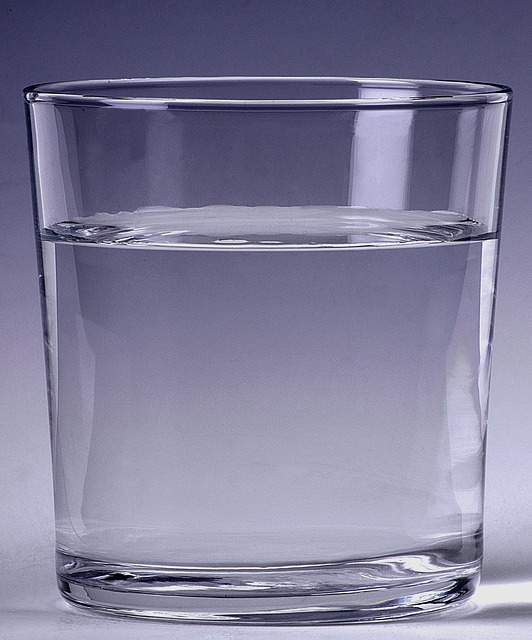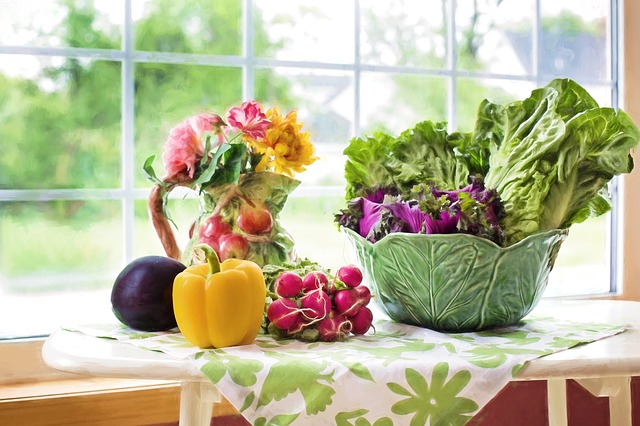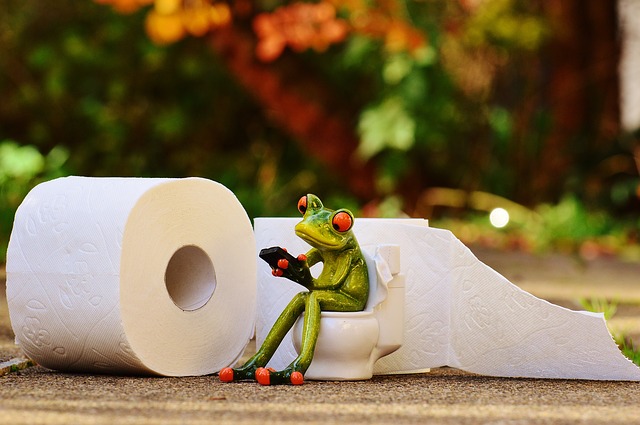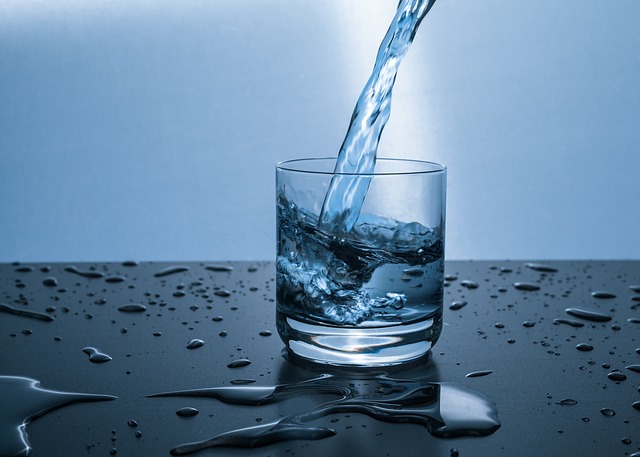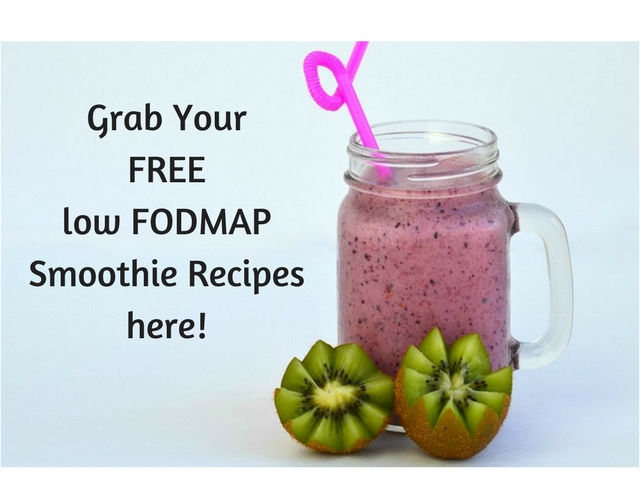Are you on Team Snacker or Team Anti-Snacker? I have to admit right from the get go here that I lie somewhere in the middle depending upon who I am working with and their health goals and lifestyles. The fact remains though that in all situations, snacking should not be a source of empty calories. So wave goodbye to the office vending machine and drive right on past the corner donut store because no matter what team you are on your food choices should be nutritious and health promoting. But this is easier said than done when it comes to snacks because quite often we are looking for quick, tasty and portable options to bridge meal times. With all of these qualifiers it’s no wonder that the most common question I get when putting together a nutritional protocol for clients is “Can you please give me some good snack ideas?”
So here you go. These are my top 5 go-tos when it comes to healthy snacks.
- Trail Mix
Trails mixes are great! Make them with your favourite nuts, add some healthy seeds like pumpkin, sunflower and hemp and then kick it up a nutritional notch with goji berries. Protein, healthy fats and fibre in every bite!
- Mason Jar Veggies with Hummus
Grabbing a good quality, ready-made hummus at your local grocer is just fine if you don’t have the time to make your own. Divide it in to a few mason jars then add your favourite veggies on top like carrots, celery, broccoli and red pepper. Lid it up and you have a simple, nutritious snack that’s easy to travel with.
- Apples
Please do not undervalue simplicity when it comes to snacking. Apples come in many varieties and are a great source of fibre, phytonutrients and antioxidants. Prepackage and ready to go, apples area a great snacking choice.
- Soup
Searching for a good healthy snack can be as easy as looking to yesterday’s lunch or dinner. I make a lot of soups and love to pack them in a thermos and sip them when I need a boost during the day. The variety of soups is endless so you will never get bored!
- Hard-boiled Eggs
Make these ahead of time and then grab them on the fly. Hard-boiled eggs are a punch of protein and good fats and are also a good source of the nutrient choline.
If snacking is a part of your routine, these nutritious options can help to support your health goals and are very easy to incorporate in to your every day life.





